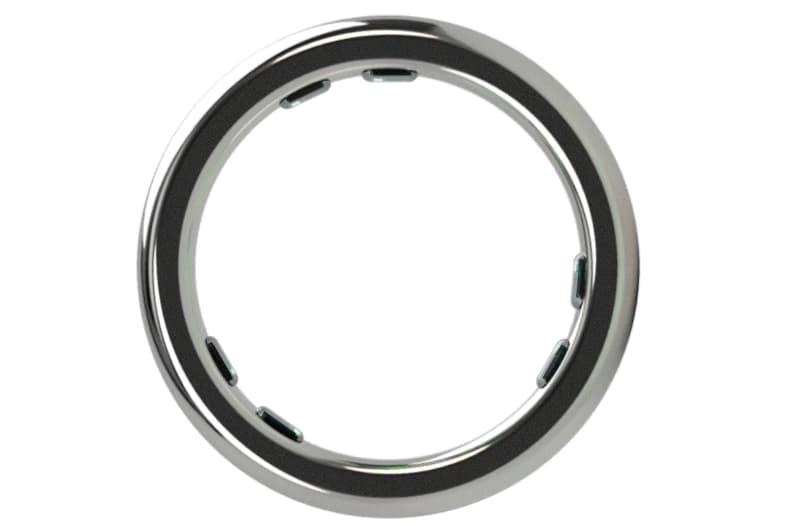While we have seen health-tracking smart rings before, the Iris ring is a bit different. Utilizing special miniaturized sensors, it’s claimed to be smaller and more energy-efficient than anything else on the market.
Currently the subject of a Kickstarter campaign, the Iris is manufactured by Swiss startup Senbiosys, which is a spinoff of the EPFL research institute.
Like other health-monitoring smart rings and smart watches, it utilizes photoplethysmogram (PPG) sensors. These analyze the manner in which light that is shone down into the wearer’s biological tissue is absorbed and reflected back by blood moving through the veins.
The PPG sensors used in the Iris were designed at EPFL, and are reportedly one quarter the size of those used in other devices – each one measures just four cubic millimeters. There are six of these sensors located along the underside of the ring, plus 18 microLEDs which provide the light.

EPFL
When paired with an accompanying smartphone app, data gathered by the ring’s PPGs and other sensors (which include a thermometer and accelerometer) is used to determine the wearer’s heart rate, respiration rate, step count, body temperature, blood oxygen level, sleep quality, stress level and calories burned.
Available in nine finger sizes, the Iris measures 5 mm wide by 2.5 mm thick and weighs less than 5 grams. It’s also waterproof to a depth of 330 ft (100 m), and is claimed to be good for three days of runtime per 30-minute charge.
Assuming it reaches production, a pledge of US$149 will get you one. There’s more information in the video below.
Iris smart ring | Elevate style. Embrace self-awareness.
Sources: EPFL, Senbiosys, Kickstarter
Source of Article